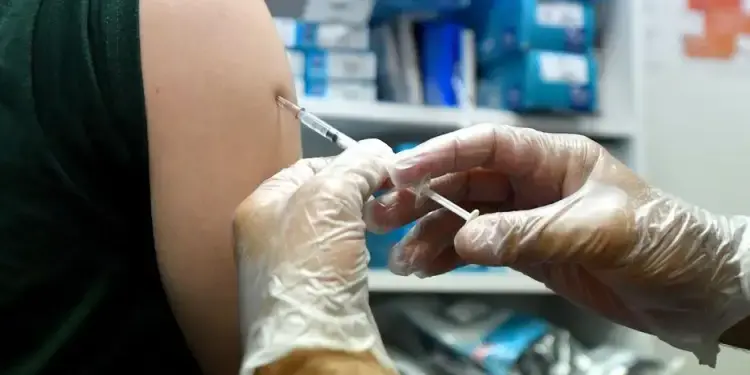MPOX cases, formerly called a vario of the monkey, multiply on the African continent. A new strain of the virus, more deadly and more transmitted than the previous ones, raises fears of a spread of the disease, while a first case was recorded this Thursday, August 15, 2024 in Sweden.
The variety of the monkey, also known as Monkeypox, is a rare viral disease which is caused by the virus of the variolate of the monkey, an orthopoxvirus. This virus is similar to that of human smallpox, but the variole of the monkey is generally less serious, but the new strain is more dangerous.
The vario of the monkey can be transmitted from animals to humans or from one person to another by direct contact with skin lesions, body fluids, or by respiratory droplets. Animals, especially rodents and primates, can be virus tanks.
The World Health Organization (WHO), sparked its highest level of global alert on Wednesday, August 14, due to the MPOX epidemic, announced its general manager Tedros Adhanom Ghebreyesus. “The emergency committee met and let me know that in its opinion, the situation is an emergency in international health of international scope. I accepted this opinion, “he said at a press conference.
The virus was discovered for the first time in humans in 1970, in the current Democratic Republic of Congo (DRC). Over the years, several variants have been observed. Sweden reported on Thursday a first case of the most contagious variant of the variolate of the monkey, outside of Africa, the local media reported.
“This case is the first to have been diagnosed outside the African continent,” said Olivia Wigzell, acting director of the Swedish public health authority.
The symptoms of the variolate of the monkey generally begin with a fever, accompanied by headache, muscle pain, and general fatigue. A distinctive symptom is the appearance of swollen lymph nodes. After a few days, a rash is developed, often on the face, hands, and feet, but it can also spread to other parts of the body. This eruption evolves in several phases: first flat spots, then vesicles filled with liquid, before turning into crusts that end up falling. The disease usually lasts two to four weeks, with spontaneous healing in the majority of cases.








